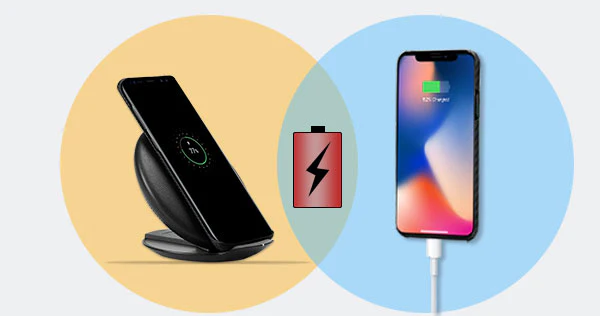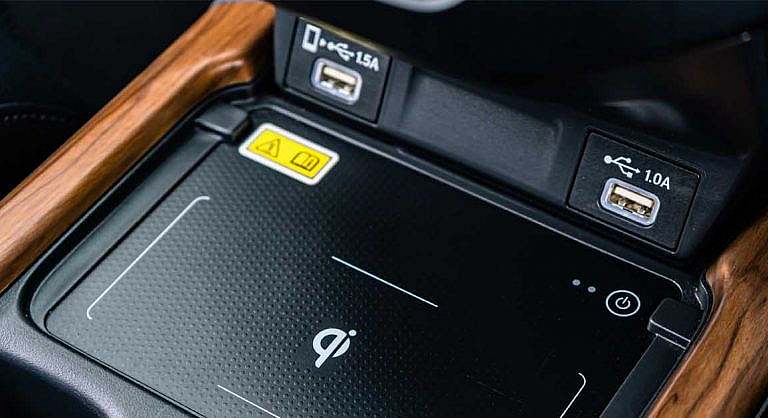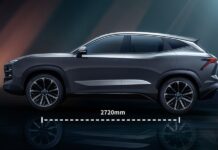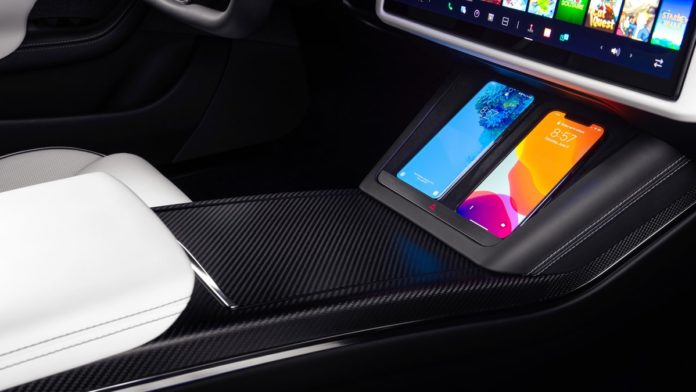In an age where technology is seamlessly integrated into our lives, the evolution of phone charging from wired to wireless has been a significant leap. There is no denying the ease of leaving your phone on a pad and going about your business while it charges. Nevertheless, the reality is not as straightforward as one may anticipate when it comes to incorporating wireless phone chargers into automobiles.

The Evolution Of Car Chargers
Do you recall the days when you had to find your charging cord, untangle it, and then insert it into your phone? With the rise of wireless charging technologies, those days are starting to fade into the past. The ease with which we can now charge our phones by just placing them on a pad has transformed the way we use technology.
Numerous vehicles are fitted with USB ports designed for data transfer or audio playback instead of charging. These ports frequently don’t have the power output required for a rapid charge, which makes the charging process sluggish and ineffective. Additionally, buying an extra dongle is the only way to solve the problem for automobiles lacking a USB port, which just adds to the mess and hassle.

Even with the introduction of phone holders, wired charging in automobiles has its own set of difficulties. Connecting your phone to a wire that obstructs your mobility and can get in the way is inconvenient, especially while you’re driving.
The Rise Of Built-In Wireless Chargers
In response to consumer demands, automakers have started integrating wireless phone chargers into the center console or dashboard. Though it has drawbacks, this function is touted as a state-of-the-art solution to the connected annoyance. The phone is prone to moving when in motion, which results in frequent disconnections from the charger. This may be a major distraction for the driver in addition to stopping the charging process.

Car wireless chargers need exact alignment, which can be difficult to maintain, particularly on uneven roadways. The phone is less dependable than one might think because it needs to be positioned precisely in order to charge, and even the slightest movement might interrupt the connection! Certain manufacturers have released phone holders or chargers that can charge devices in portrait orientation. Although they are an improvement, they cannot guarantee a flawless charging experience.
The Future Of Wireless Phone Chargers
A few changes are required before automobile wireless charging is genuinely feasible. These include more universal compatibility with different phone models, quicker charging times, and improved alignment technology.
Wireless charges for automobiles are quite popular, despite their present drawbacks. People are excited about the day when they can just get in their car and leave it there, knowing that their phone will automatically charge. Our eagerness for this technology is a reflection of our need for ease and the smooth flow of technology into every facet of our existence.
Although the concept of wireless phone charging in automobiles is enticing, customer demands have not yet been met by technology. The idea of easily charging your phone in your car is still just that—a dream—until these problems are resolved.
Stay tuned for more tech and automotive stories like these; this is your soon-to-be favorite friendly neighborhood techie/gearhead Zayaan, Signing Off!





































